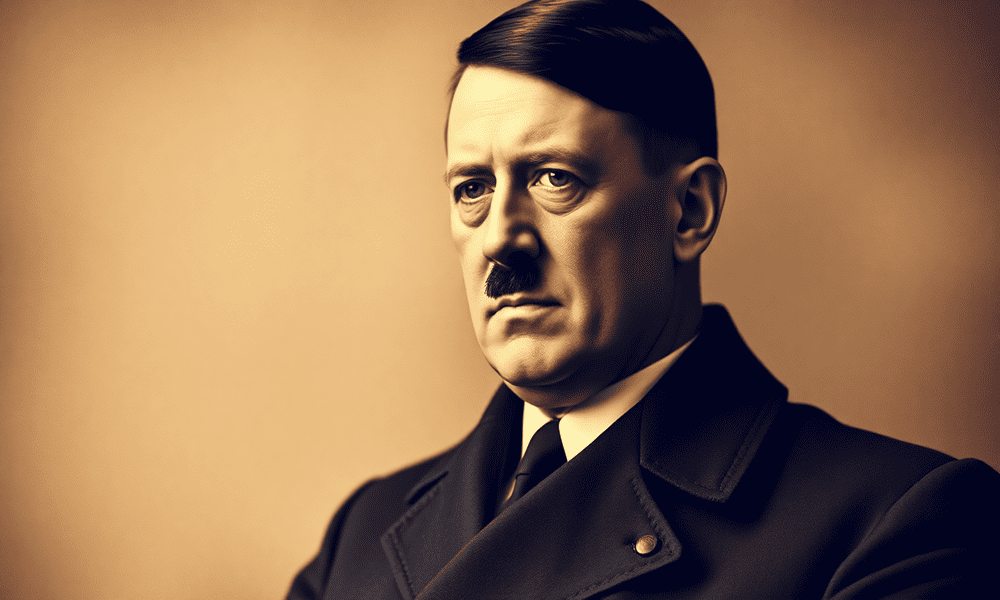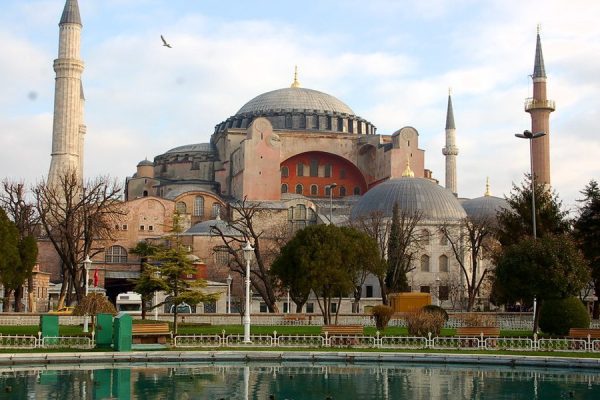Adolf Hitler, leader of the Nazi Party, became Chancellor of Germany in 1933. His policies sparked World War II and led to the Holocaust, leaving a profound impact on history. Understanding Hitler’s life and ideology is crucial for comprehending modern history.
Early Life of Adolf Hitler
Adolf Hitler was born on April 20, 1889, in Braunau am Inn, Austria-Hungary, now part of modern-day Austria. He was the fourth of six children. His father, Alois Hitler, was employed as a customs official. His mother, Klara, was a homemaker. Hitler had a troubled childhood, marked by a strict upbringing.
Education and Early Interests
Hitler showed an early interest in art. He dreamed of becoming a painter. However, he was denied admission twice by the Academy of Fine Arts in Vienna. This rejection deeply affected him and contributed to his later frustrations.
Move to Vienna
In 1907, Hitler moved to Vienna. He faced difficulties making a living as an artist. During this time, he developed his political views. He became influenced by nationalist and anti-Semitic ideologies. These ideas would shape his future actions.
World War I and Its Impact
Hitler joined the German Army during World War I and served as a messenger on the Western Front. Hitler was wounded twice and received the Iron Cross for bravery. The war deeply influenced him.
Post-War Germany
After the war, Germany faced economic hardship and political instability. The Treaty of Versailles placed severe reparations on Germany. Many Germans felt humiliated and angry. Hitler capitalized on this discontent to gain support.
Rise of the Nazi Party
In the early 1920s, Hitler became a member of the German Workers’ Party. He quickly became its leader. The party was later rebranded as the National Socialist German Workers’ Party (NSDAP), commonly referred to as the Nazi Party. Hitler’s oratory skills and propaganda attracted many followers.
The Beer Hall Putsch
In November 1923, Hitler led a failed coup known as the Beer Hall Putsch. He aimed to overthrow the Weimar Republic. The coup failed, and Hitler was arrested. He used his trial to gain national attention.
Mein Kampf
While in prison, Hitler wrote his autobiography, Mein Kampf. The book outlined his ideology and future plans for Germany. It emphasized nationalism, anti-Semitism, and the need for Lebensraum (living space). Mein Kampf became a cornerstone of Nazi ideology.
Hitler’s Path to Power
After his release from prison, Hitler focused on rebuilding the Nazi Party. He used propaganda and mass rallies to gain support. The Great Depression of 1929 further weakened Germany’s stability. Many people turned to extremist parties, including the Nazis.
The 1932 Elections
In the July 1932 elections, the Nazi Party emerged as the largest party in the Reichstag. However, they did not have an outright majority. Political maneuvering and backroom deals led to Hitler being appointed Chancellor on January 30, 1933.
Consolidation of Power
Once in power, Hitler swiftly consolidated his control. The Reichstag Fire in February 1933 provided a pretext for him to enact the Reichstag Fire Decree, which suspended civil liberties and enabled the arrest of political opponents.
The Enabling Act
In March 1933, the Reichstag passed the Enabling Act, giving Hitler full dictatorial authority. This law gave Hitler the power to enact laws without parliamentary approval. It effectively gave him dictatorial powers. Hitler used this authority to eliminate political opposition.
Hitler’s Policies and Ideology
Hitler’s regime was characterized by extreme nationalism and totalitarianism. His policies aimed to create a racially pure Aryan state. This ideology served as justification for horrific actions, including the persecution of Jews and other minorities.
Anti-Semitic Policies
Hitler’s anti-Semitic beliefs were central to his ideology. He blamed Jews for Germany’s problems and viewed them as a threat. The Nuremberg Laws of 1935 deprived Jews of their citizenship and fundamental rights. This marked the beginning of systematic discrimination.
Propaganda and Censorship
The Nazi regime relied on propaganda to manipulate public opinion, with Joseph Goebbels, the Minister of Propaganda, playing a crucial role. The regime censored the media and promoted Nazi ideals through films, posters, and rallies.
Militarization and Expansion
Hitler aimed to expand German territory. He believed in the concept of Lebensraum, which justified the conquest of Eastern Europe. The reoccupation of the Rhineland in 1936 was a significant step in this direction.
World War II and Hitler’s Aggression
Hitler’s aggressive foreign policy triggered the outbreak of World War II. He aimed to overturn the Treaty of Versailles and expand Germany’s territory.
Invasion of Poland
On September 1, 1939, Hitler ordered the invasion of Poland. This action signaled the start of World War II. The swift and brutal attack utilized Blitzkrieg tactics, combining air raids and fast-moving ground troops. Poland fell within weeks, prompting Britain and France to declare war on Germany.
Expansion Across Europe
Following the success in Poland, Hitler continued his campaign across Europe. In 1940, Germany invaded Denmark and Norway, followed by the Netherlands, Belgium, and France. The fall of France in June 1940 was a significant victory for Hitler. His military strategies and rapid advances shocked the world.
The Battle of Britain
Hitler aimed to gain air superiority over Britain. The Luftwaffe launched extensive bombing campaigns in 1940. However, the Royal Air Force’s resilience thwarted Hitler’s plans. The failure to defeat Britain marked a turning point in the war.
The Eastern Front and the Holocaust
Hitler’s ambitions led to the invasion of the Soviet Union in June 1941. Operation Barbarossa aimed to conquer vast territories and eliminate communism. The campaign initially achieved significant gains but eventually stalled.
The Holocaust
One of the darkest chapters of Hitler’s regime was the Holocaust. Millions of Jews, along with other persecuted groups, were systematically murdered. Concentration camps became sites of unimaginable suffering. The genocide remains a haunting reminder of the consequences of hatred and intolerance.
Decline and Fall
By 1943, the tide of war began to turn against Germany. The defeat at Stalingrad dealt a major blow to German forces. Allied forces launched successful campaigns in North Africa and Italy. The D-Day invasion in June 1944 marked the beginning of the end for Hitler’s regime.
Hitler’s Final Days
As Allied forces closed in on Berlin, Hitler’s mental state deteriorated. He retreated to his bunker, where he remained isolated. On April 30, 1945, facing imminent defeat, Hitler took his own life. His death marked the collapse of the Nazi regime.
Legacy of Adolf Hitler
Adolf Hitler’s legacy is one of destruction and horror. His actions led to the deaths of millions and reshaped the world. The consequences of his ideology continue to be studied and remembered. Understanding Hitler’s life is essential for preventing similar atrocities in the future.
Conclusion
Adolf Hitler remains a controversial and pivotal figure in history. His rise to power, aggressive policies, and the resulting devastation of World War II serve as a stark reminder of the dangers of totalitarianism and hatred. By studying his life and actions, we can learn valuable lessons about the importance of tolerance, democracy, and human rights.












